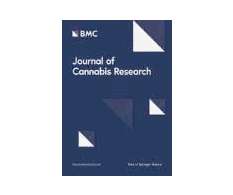A Hidden Origin Story of the CBD Craze
SMPL
MAY 26, 2020
There was a strong sense that this was really going to be something, if when people use these strains they have any kind of experience like the mice did in the laboratories,” said Martin Lee, a writer who at the time had been finishing a book about the social history of marijuana for Simon & Schuster.












Let's personalize your content